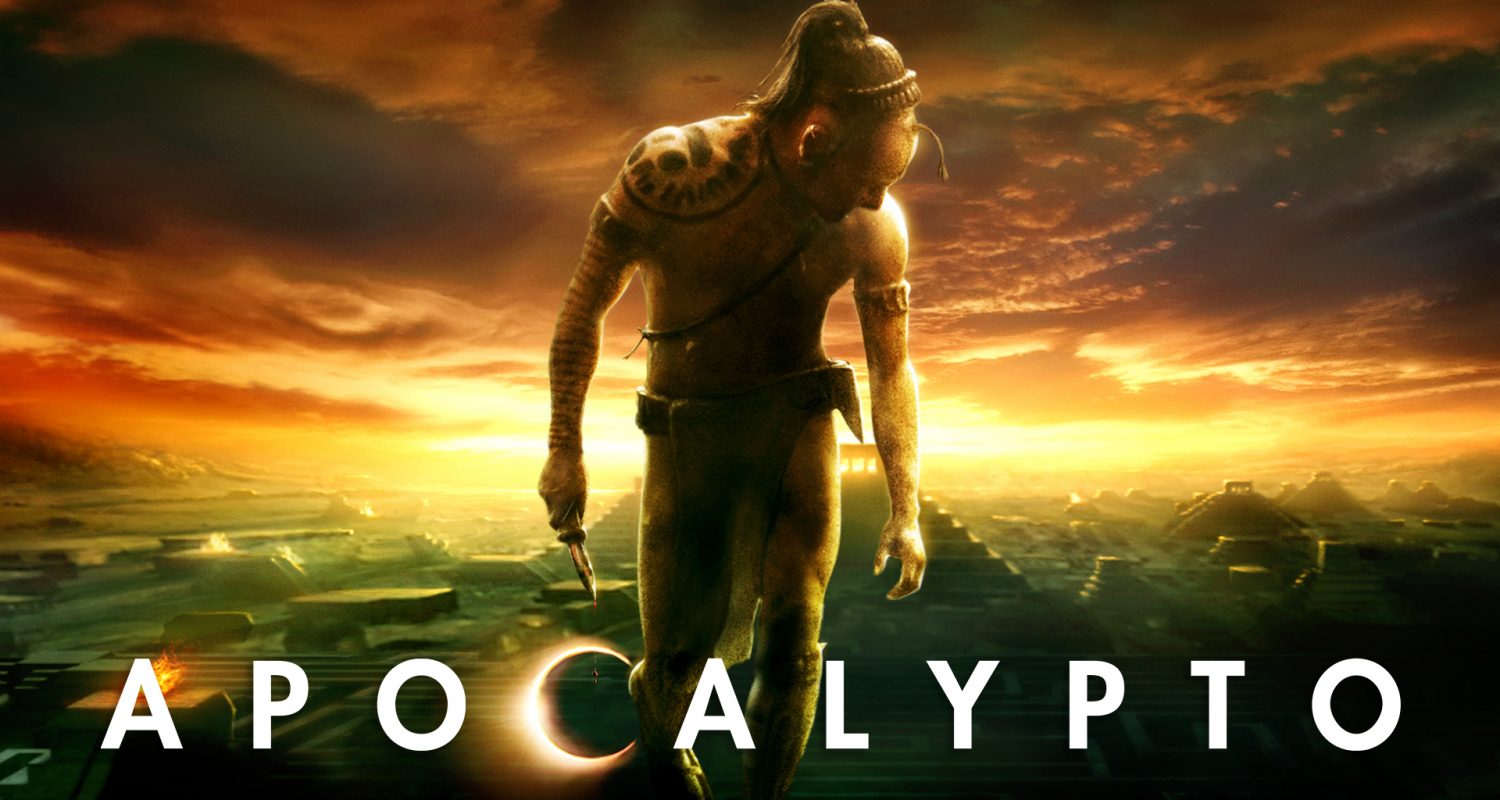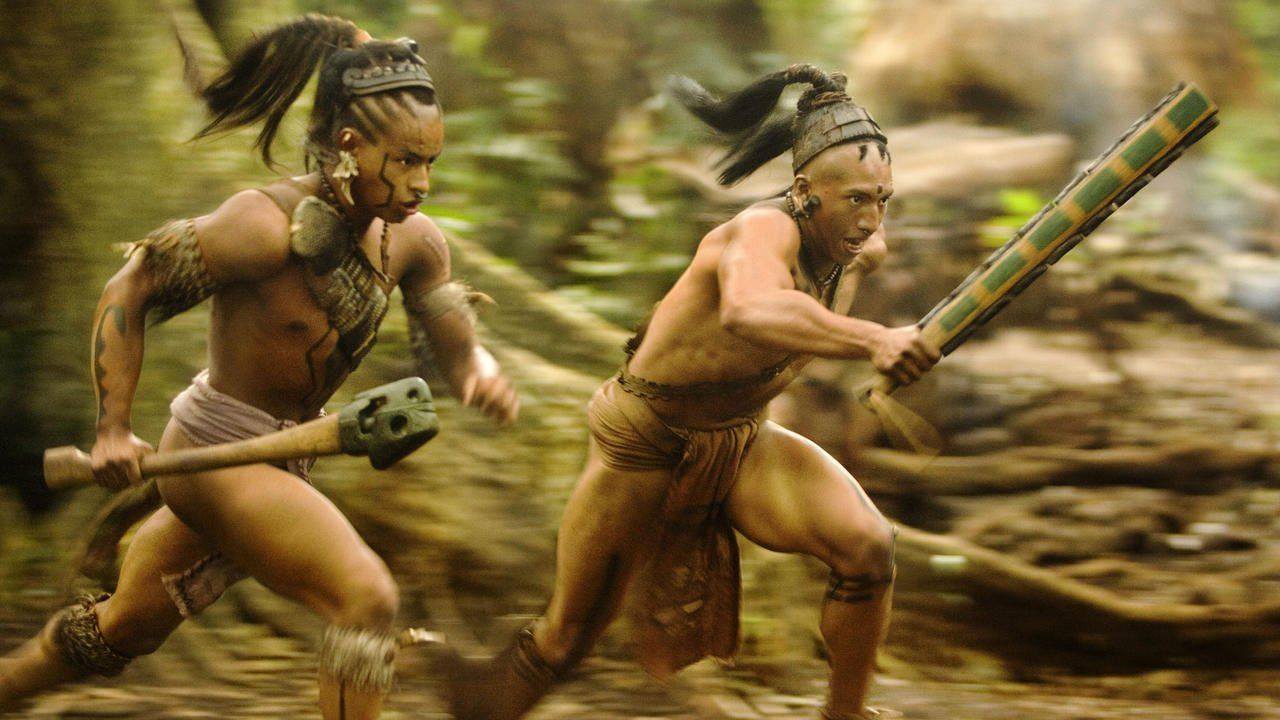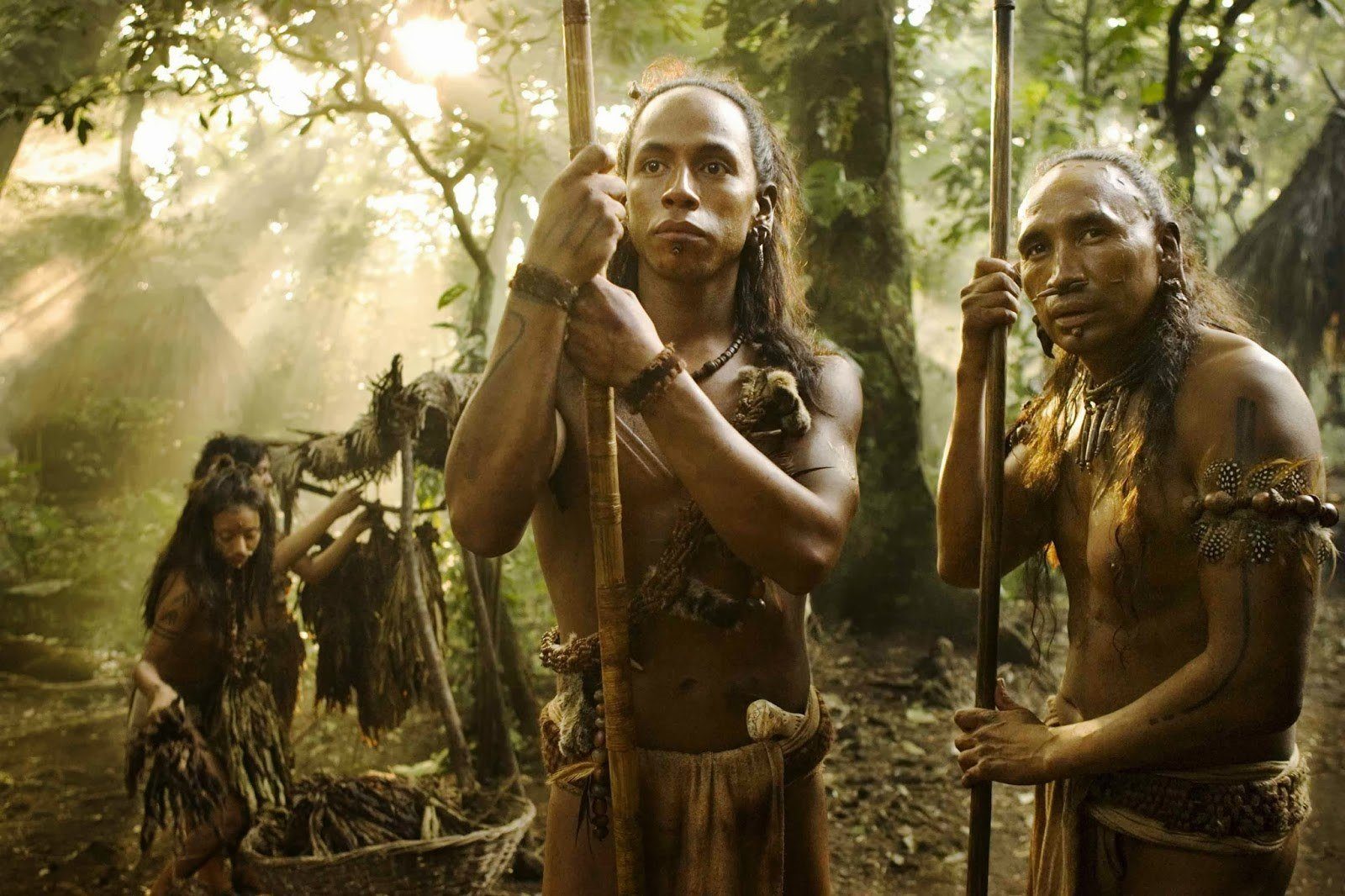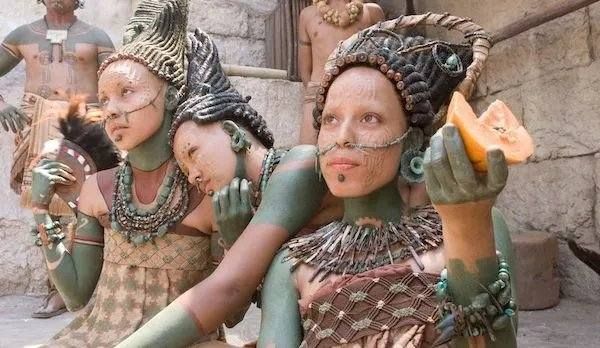Apocalypto (2006)

Apocalypto (2006) is an epic historical adventure film directed by Mel Gibson, who also co-wrote and produced the movie. Set in pre-Columbian Mesoamerica, the film follows a young Mayan man named Jaguar Paw as he navigates the complexities and dangers of his world. With its stunning visuals, intense action sequences, and a portrayal of ancient Mesoamerican culture, Apocalypto stands out as a bold and immersive historical film. The film is entirely in the Yucatec Maya language, adding authenticity to its portrayal of ancient civilization.
The story of Apocalypto is set during the decline of the Maya civilization. It follows the journey of Jaguar Paw, a young hunter who lives peacefully with his tribe in the jungle. However, their way of life is disrupted when they are attacked by a group of warriors from a neighboring city-state. Jaguar Paw is captured along with several other villagers and taken to a large Mayan city, where they are set to be sacrificed to the gods. Throughout the film, Jaguar Paw fights to survive, attempting to escape and return to his family before it’s too late. The film explores themes of survival, human sacrifice, and the clash between nature and civilization.
The central character of Apocalypto is Jaguar Paw, played by Rudy Youngblood. Jaguar Paw is portrayed as brave, resourceful, and determined, willing to do anything to protect his family and survive. His resilience is tested when he is captured by enemy warriors and forced to endure unimaginable challenges. The antagonist, Zero Wolf (played by Raoul Trujillo), is the leader of the group that captures Jaguar Paw and represents the ruthless, hierarchical nature of the ancient Maya civilization. Zero Wolf’s character reflects the themes of power, dominance, and sacrifice that are central to the film’s narrative. The relationship between Jaguar Paw and his family, particularly his wife and young son, is pivotal to the emotional depth of the film.

Apocalypto explores several important themes, including survival, the brutality of war, and the clash between civilization and nature. The film portrays the Mayan civilization as a society deeply entrenched in violence, human sacrifice, and a rigid social hierarchy. However, it also highlights the beauty of nature and the human instinct to survive. Jaguar Paw’s journey is a symbolic struggle between life and death, as he fights not only for his survival but also for his connection to the natural world. The film’s exploration of human sacrifice, both literal and metaphorical, contrasts the primal instincts of survival with the calculated cruelty of the civilization around him. The theme of hope and perseverance is embodied in Jaguar Paw’s determination to reunite with his family.

The visual style of Apocalypto is one of its most striking features. Mel Gibson’s direction, combined with stunning cinematography by Dean Semler, creates a vivid and immersive world that brings the ancient Mayan civilization to life. The film’s action sequences are intense and fast-paced, particularly the thrilling chase scenes that dominate the second half of the film. The film’s use of natural light and practical effects helps to maintain a sense of realism, while the settings—ranging from the dense jungle to the imposing Mayan city—add depth to the narrative. The soundtrack, composed by James Horner, complements the intense atmosphere with its dramatic and tribal beats, further enhancing the immersive experience of the film.

Apocalypto is a powerful and visually stunning film that offers a raw and thrilling portrayal of the ancient Maya civilization. Directed by Mel Gibson, the film combines intense action with deep themes of survival, sacrifice, and the clash between nature and civilization. Its immersive storytelling and remarkable performances, particularly from Rudy Youngblood as Jaguar Paw, make it a compelling cinematic experience. While Apocalypto has been the subject of some controversy for its portrayal of ancient Mesoamerican culture, it remains a daring and unforgettable exploration of human nature, violence, and resilience. The film’s lasting impact lies in its ability to transport viewers to another time and place, offering both entertainment and reflection on the human condition.











